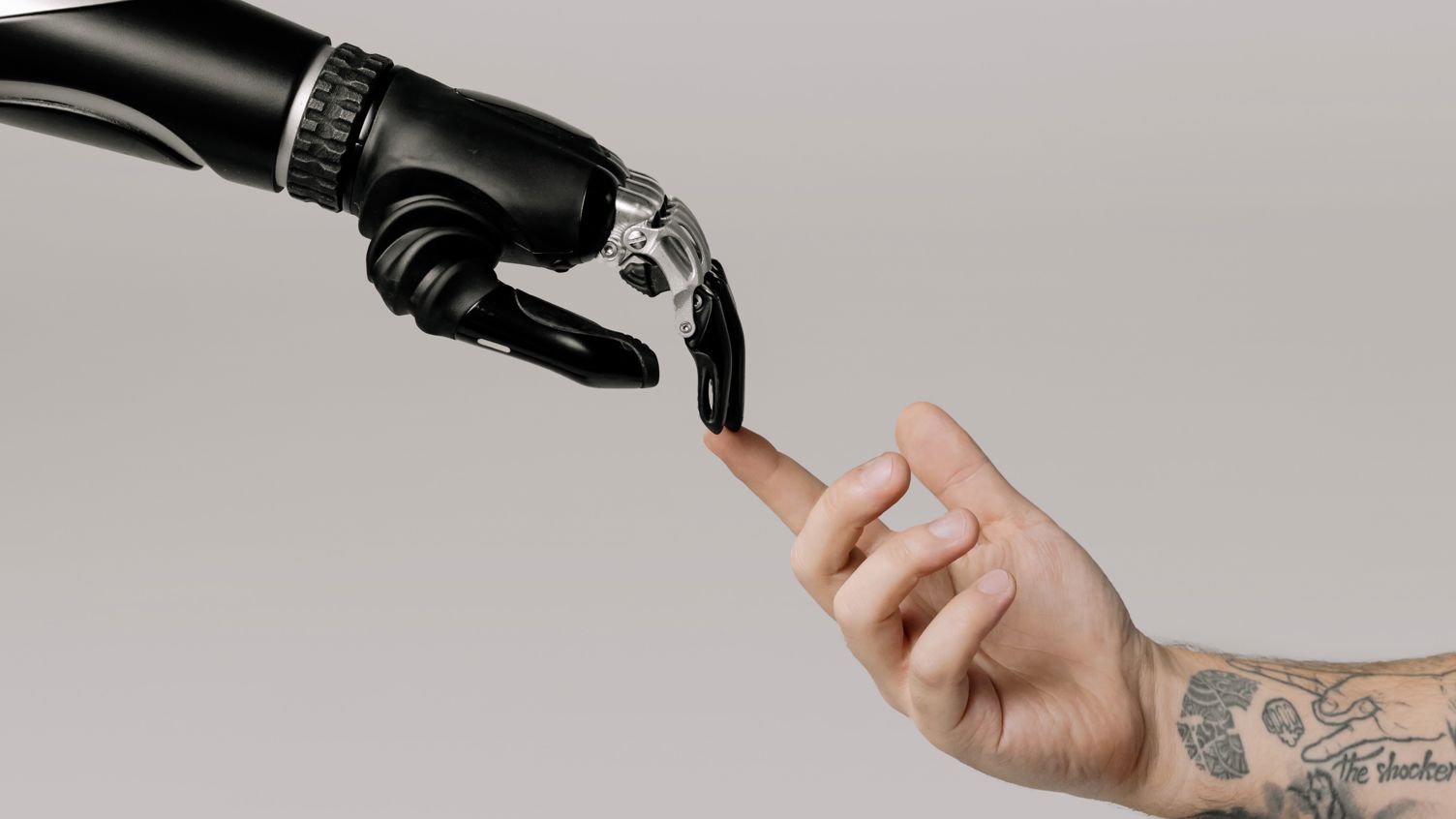Generative AI is Paving the Way for a New Era of Innovation
In recent years, the field of artificial intelligence has seen remarkable progress in a subfield known as generative AI. This cutting-edge technology has the capability to generate original content, such as images, music, text, and video, that can be challenging to differentiate from content created by humans. It holds vast potential to transform various industries, including art, entertainment, design, and even scientific research. In this article, we delve into the origins of AI and examine the applications of generative AI.

The History of AI from 1950 to Today
The Starting Point for Artificial Intelligence (1950-1960)
The roots of AI can be traced back to the early 1950s, when visionaries like Alan Turing and John McCarthy began to explore the potential for creating intelligent machines. This era saw the development of foundational concepts and techniques, including the Turing test and the first AI programs.
Expert Systems and Symbolic AI (1970-1980)
The 1970s and 1980s focused on the development of expert systems, AI solutions that utilized rule-based logic to address problems in specific areas. These systems became expensive, highly specialized solutions with limited applicability beyond their initial purpose. This period is known as the first "AI winter," a time when the expectations for AI outpaced the technology's capabilities.
Statistical AI and Machine Learning (1990-2000)
The 1990s marked a shift towards statistical AI and machine learning, with a focus on using vast amounts of data and algorithms to learn and make generalizations. Techniques such as neural networks, decision trees, and genetic algorithms were employed to tackle complex issues.
Big Data and Deep Learning (2010s)
The advent of big data and enhanced computational power led to the prominence of deep learning—a machine learning technique that utilizes multi-layer neural networks. Deep learning has driven significant advancements in image and voice recognition, natural language processing, and gaming technology, marking a period of rapid development in AI.
Generative AI (2020s)
Generative AI refers to a specific approach within AI technology designed to learn from existing data and generate new, original content. Transformer models and large language models (LLMs) are examples of neural networks that understand context and relationships in data, transforming inputs into novel outputs. Recent advancements have brought us tools like ChatGPT, BERT, and Copilot, blurring the lines between AI-generated and human-created content.
Applications of Generative AI
Content Generation
Generative AI supports content creators by generating text, images, and videos. It aids in article writing, personalizes recommendations, and generates code in various programming languages, streamlining the content creation process and allowing creators to focus on more strategic tasks.
Creative Art Forms
Generative AI is transforming the creative arts by enabling artists, designers, and musicians to push boundaries. It can produce unique artworks, compose original music, and design innovative architectural concepts, serving as both a source of inspiration and a tool for creating entirely new forms of art.
Virtual Worlds
In virtual (VR) and augmented reality (AR), generative AI is crucial for creating immersive environments. It generates realistic landscapes, populates virtual worlds with diverse characters, and simulates natural phenomena, enhancing the user's experience in VR, AR, and mixed reality (MR).


